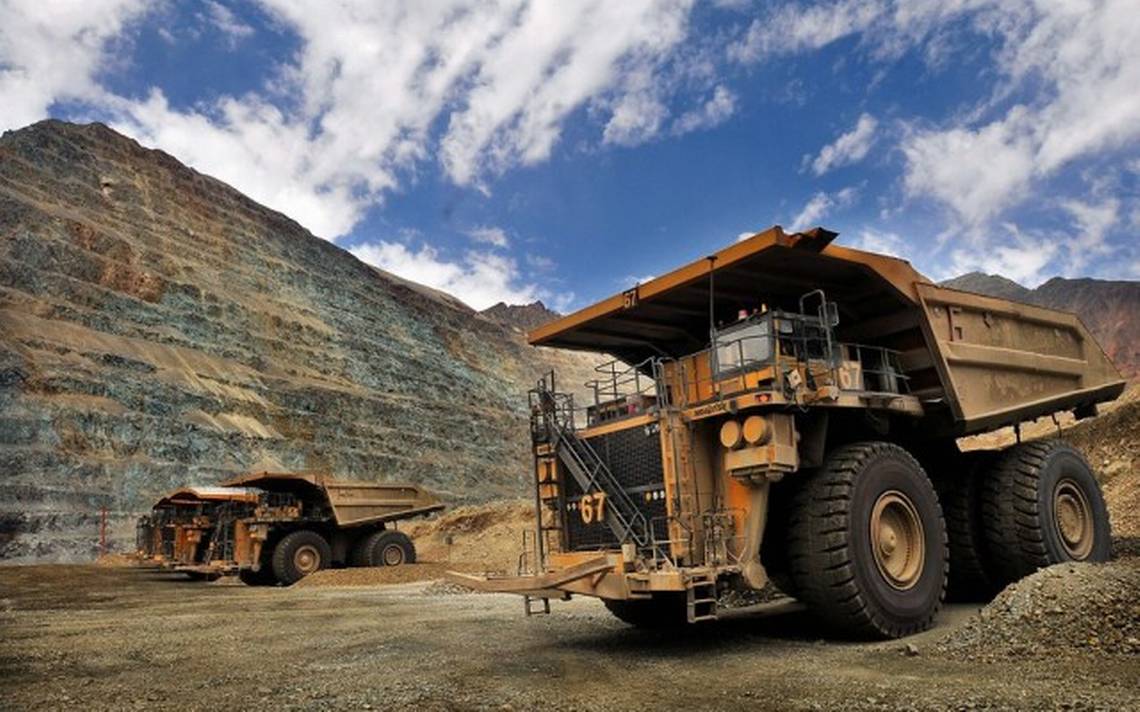
Chile’s huge mining industry has taken flight over the past 40 years, creating thousands of skilled jobs and huge export markets and generating one of the world’s economic success stories in the process. Currently, the country’s mining industry employs close to a quarter of a million people and Chile ranks as the number one copper miner in the world.
The jewel of the crown in Chile’s copper mining industry is El Teniente (‘the Lieutenant’), the largest underground copper mine in the world. The first known reported mining that took place at El Teniente was in 1819. So, with the mine quickly closing in on its 200th anniversary, what better time to take a look at this landmark project.
The ‘Chileanization’ of World Copper
Although El Teniente is currently operated by the state-owned copper mining company, Codelco, it was initially run by the US-based Kennecott Copper Corporation. In the 1960s, under a nationalization plan implemented by the government of the time, strategic national assets such as the copper mines were taken over by the government under a plan known as ‘la Chilenización del cobre’ or the ‘Chieanization of Copper.’
The El Teniente mine was central to this plan. Upon purchasing a share of the mine in 1967, the Chilean government expanded capital investment in its operations, allowing it to increase its daily output to 63,000 tones of copper a day. When the government took full control in 1971, it couldn’t have come at a better time - global copper prices were about to experience historical highs.
Under the guidance of Codelco, El Teniente has gone from strength to strength. In total, the mine employs around 4,000 full-time staff and 11,000 contractors. Annually, the mine produces around 450,000 tonnes of copper, with a 2013 estimate putting its proven and probable reserves at somewhere around 15.2 million tonnes of fine copper. But key to exploiting these reserves at El Teniente will be the investments being made by Codelco.
New Mine Level: Taking mining to a new level
Codelco’s investments in El Teniente and other Chilean mines are essentially the reason why Chile’s copper industry has retained its status as world leader. And the latest expansion plan at El Teniente - called ‘New Mine Level’ or ‘NML’ - is the most ambitious investment yet, coming in at an estimated $5.4 billion, and expanding the life of the mine by at least another 50 years.
The first preparations at New Mine Level were made in 2011, taking place around 100 metres below the existing mining operations. Impressively for an underground operation, preparations on New Mine Level have been ongoing for nearly 10 years with no disruption to the existing mining operations at El Teniente; on the contrary, output at El Teniente has continually risen over the intervening years.
Mining at New Mine Level, as the name suggests, will take place on a single level rather than a series of levels as is commonplace in underground mining. This, in turn, will facilitate mining operations. New Mine Level will use a combination of panel caving and the progressive sinking method for extracting ore, which will be brought to the surface by a 2,134m conveyor belt - one of the longest of its kind.
The list of statistics at New Mine Level gives some indication of why this has been such a massive investment by Codelco; for example, when ready, New Mine Level will give Codelco access to an additional 2.02 billion tonnes of ore reserves (grading 0.86% copper). The project includes two parallel tunnels, each of over 9 kilometres in length and 8 metres in diameter. These in turn will be joined by 22 cross-tunnels. The scale of excavation involved in creating these tunnels - bear in mind 1,880m above sea level and below an existing operational mine - is truly remarkable.
The new mine, as one would expect, will also include state of the art mining technology, including a smart ventilation monitoring system which allows air quality to be measured on an individual basis for every employee, ensuring both their health and safety while lessening the energy consumption of the mine. But perhaps most remarkably of all, the New Mine Level at El Teniente will be completely automated, with all of the mining, processing and transportation of copper controlled from Codelco’s base at Rancagua, around 50km from the mine site.
Suppliers and Partners
The Chileanization of Copper has meant that smaller, independent firms have thrived in the industry. Many of these have developed mutually beneficial relationships with Codelco over the years and will undoubtedly continue to prosper thanks to large investments made in projects such as El Teniente.
These firms are a combination of technical engineering firms such as Zanartu Ingenieros Consultores, JRI Ingeniera, Schwager Mining & Energy, and Metalurgica Ltda, heavy machinery distributors and manufacturers such as Tattersall Maquinarias, Besalco Maquinarias, and Neumadiesel Servicios Industriales and Nexxo SA, for construction. Sibelco Chile, a local arm of the Belgian giant, is the company’s primary non-Chilean partner.
The Future: ‘El Teniente’ continues to be ‘El Capitan’
While its sheer scale is usually the feature that gets mentioned the most in articles about El Teniente, having become better acquainted with the mine’s operations, one comes away with the impression that innovation, and the desire to keep pushing the boundaries of what’s possible, rather than size, is the major component of its success.
In 2004, for example, El Teniente become the one of the world’s first mines to use semi-automated load haul dumpers (LHDs) for the extraction of its copper ore. Less than 10 years later, in the planning of the mine’s latest expansion with the New Level Mine - which is currently approximately 50% complete - practically everything in the operations was automated.
When looking at the future of innovation in underground mining, then, we can’t look any further than Chile, and specifically, El Teniente.
DOWNLOAD
 Codelco-AM-July2018.pdf
Codelco-AM-July2018.pdf














